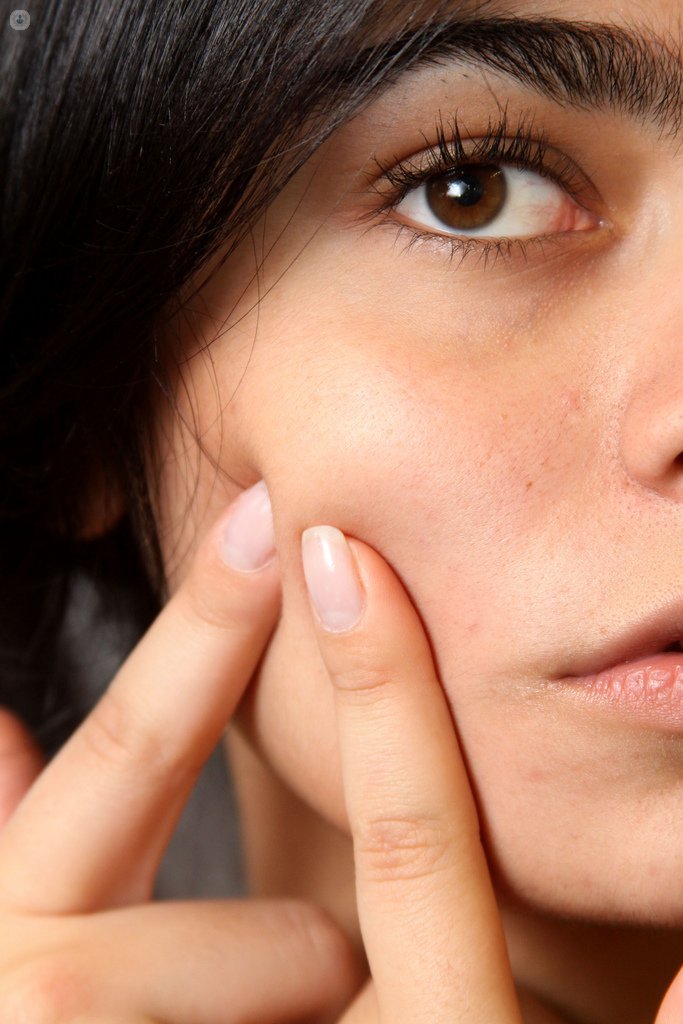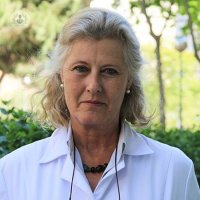Acne is not caused by eating certain foods
Written by:Specialists in Dermatology say that acne is a very common disease that manifests as pimples. It occurs in adolescence, although not unique to this age as we have seen an increase in cases in adult women.

It appears on areas of the skin with excess sebum or oil, and most frequent in the face but can also appear on the back, chest, shoulders and neck.
Acne occurs when the hair follicle, ie, the canal linking the sebaceous glands of the skin with skin pores are clogged. When this happens, it increases the secretion of the sebaceous glands fat that is trapped within the follicle. In some cases, there is a secondary infection by bacteria that live on our skin called P. acnes, which multiplies quickly within the pore grease, igniting the follicle producing pus and sometimes cysts or nodules in the skin.
The most important medical studies show that acne is not caused by eating certain foods. However, some people find that their acne gets worse when they eat certain foods like chocolate, milk, sausage, bread, rice, potatoes, pasta or sweets, among others.
Types of acne
There are three types of acne: comedoniano acne, inflammatory acne and acne-Cystic.
- Comedoniano Acne is the slightest. It is also known as "black spots". It is produced by plugging the hair follicle, resulting in "blackheads". Comedones may be open or closed.
- Inflammatory acne: This type of acne can also find small papules or pustules with pus, a result of a skin infection by the bacterium P. acnes.
- -Cystic acne is the type of acne more severe. In addition to noting lesions blackheads and pustules, nodules and cysts are observed in the skin that leave permanent scars and marks.
Acne treatment
Treatment must be personalized, as it depends on the type of acne and each patient. There are topical treatments including hygienic measures, topical antibiotics and substances that help liberate occluded as the follicle are topical retinoids, salicylic acid, etc.. Within the systemic (oral) may be used oral antibiotics such as tetracycline.
The only definitive treatment for acne is isotretinoin, which is a systemic retinoid that help in all phases of the acne. Not all patients come to need this treatment, so each case should be evaluated.
How to prevent acne?
The way to prevent acne is conducting a series of hygienic habits. It is recommended that a daily hygiene with mild soap twice a day. If the scalp is oily, you should wash your head every day and avoid using bangs and / or manes.
In case you need a topical treatment, it must be applied with a clean face and always in small quantities. Most important to reduce the risk of scarring acne is not touching or scratching or squeezing beans. It is also very important not to use fatty occlusive moisturizers or makeup.



